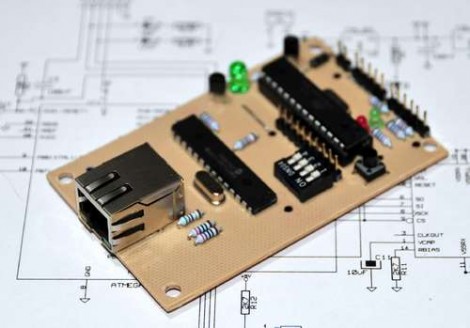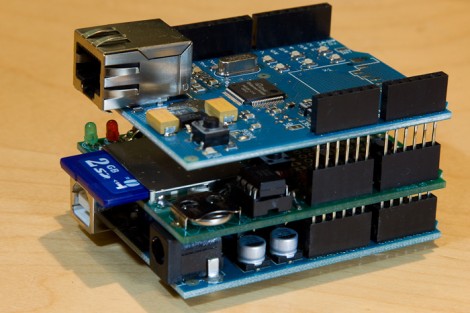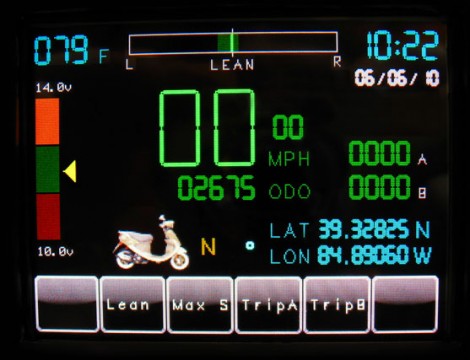
With the recently proposed cuts to NASA, our friends across the pond (in Northampton UK) decided to take action with a space program of their own… at least at a miniature scale. NortHACKton, a hackerspace in Northampton decided to host a rocketry day consisting of rockets powered by chemical reactions, pressurized water bottles, and even one that employed an Arduino controlled launch system, akin to a few we have seen in the past. It essentially consists of a countdown and automated ignition system. Schematics and source code are available for those adventurous enough to embark on missions of their own.














